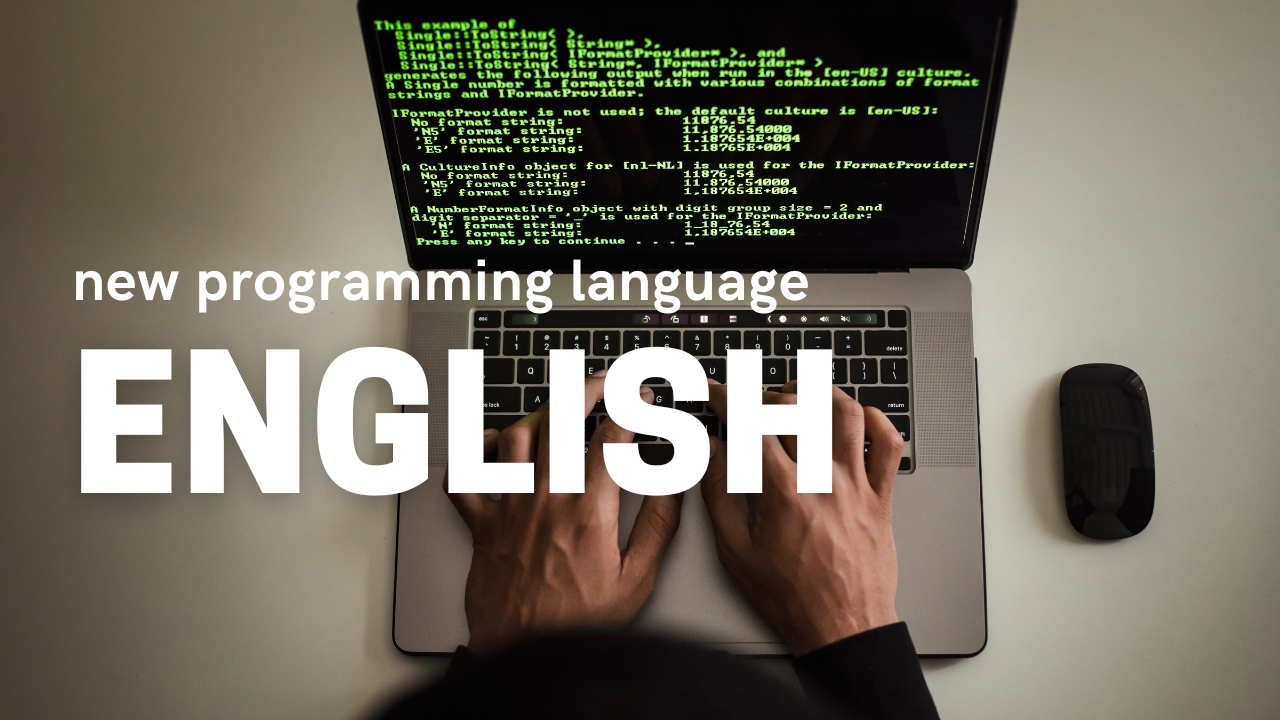
In a world where technology is rapidly evolving, the idea of simplifying coding by using plain English is gaining traction. But what does it mean for English to become the new programming language? This blog explores how this concept is transforming the landscape of coding, making it more accessible, and ultimately, more powerful.
Introduction
Programming languages have traditionally been the domain of the technically inclined, requiring knowledge of syntax and logic that can be daunting for beginners. However, a paradigm shift is underway. Imagine writing code as easily as drafting an email or jotting down a to-do list. That’s the promise of English as a programming language. This transformation aims to democratize coding, making it more intuitive and approachable.
How Coding Algorithms works you need to know
The Concept of English as a Programming Language
At its core, the idea is to leverage natural language processing (NLP) to translate plain English commands into executable code. This approach isn’t entirely new—early attempts like COBOL and SQL have used English-like syntax. But recent advances in AI and machine learning are pushing the boundaries, enabling more sophisticated and flexible interactions.
Benefits of Using English for Programming
- Accessibility: One of the biggest advantages is breaking down barriers to entry. Anyone who can write in English can potentially write code.
- Speed: Writing in natural language can significantly speed up the development process, reducing the need for lengthy coding sessions.
- Error Reduction: Natural language can help minimize syntax errors, which are common in traditional programming.
- Collaboration: It facilitates better communication among team members, especially those who may not be familiar with traditional coding languages.
Real-World Examples
Let’s look at some practical examples where English is used as a programming language.
1. OpenAI Codex
OpenAI’s Codex, the engine behind GitHub Copilot, is a prime example. Codex can understand natural language and generate code snippets in various programming languages. For instance, a developer can type “create a function that sorts a list of numbers in ascending order,” and Codex translates this into a functioning piece of code.
2. Wix Editor X
Wix’s Editor X uses a feature called “Velo by Wix” that allows users to create complex web applications using natural language. Users can describe what they want, and the system generates the necessary code.
3. Apple’s Siri Shortcuts
While not a full programming language, Siri Shortcuts use natural language to create automation scripts. Users can set up tasks like “When I leave home, remind me to check the mail” without needing to write traditional code.
How It Works
The underlying technology involves NLP algorithms that parse the natural language input, identify the intent, and generate the corresponding code. Here’s a simplified breakdown:
- Input Analysis: The system analyzes the natural language input to understand the user’s intent.
- Intent Mapping: It maps the intent to a specific programming construct.
- Code Generation: The mapped intent is translated into executable code.
Challenges and Limitations
While the concept is promising, there are challenges to overcome:
- Ambiguity: Natural language is inherently ambiguous. The same sentence can have multiple meanings, which can complicate code generation.
- Complexity: Writing complex algorithms or handling intricate data structures may still require traditional programming expertise.
- Performance: The generated code might not always be optimized, leading to performance issues.
It’s here Integrating Python with JavaScript need to know
The Future of English in Programming
The future looks promising as AI continues to evolve. We might soon see integrated development environments (IDEs) that fully support English as a programming language, making coding more accessible than ever. This could lead to a new era where creativity and technical innovation are driven by a wider range of individuals, not just those with a background in computer science.
Conclusion
English as a programming language is more than just a futuristic concept; it’s an ongoing revolution that promises to democratize coding. By leveraging natural language, we can make programming more accessible, intuitive, and efficient. While challenges remain, the potential benefits make this an exciting area to watch.
So, what do you think? Is English the next big thing in programming? Feel free to share your thoughts and experiences!

